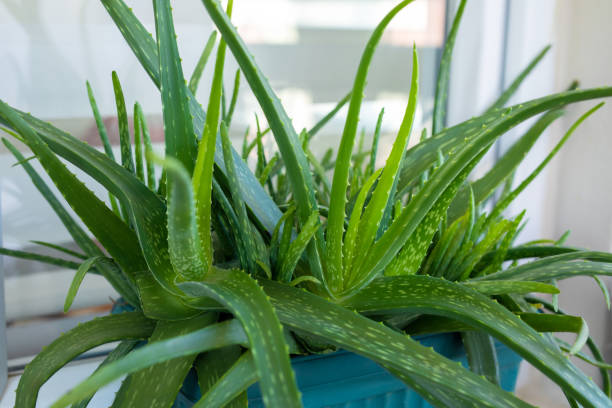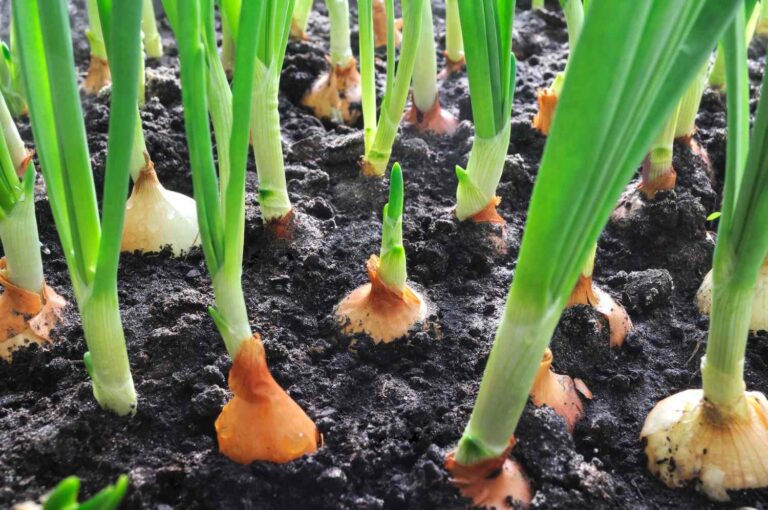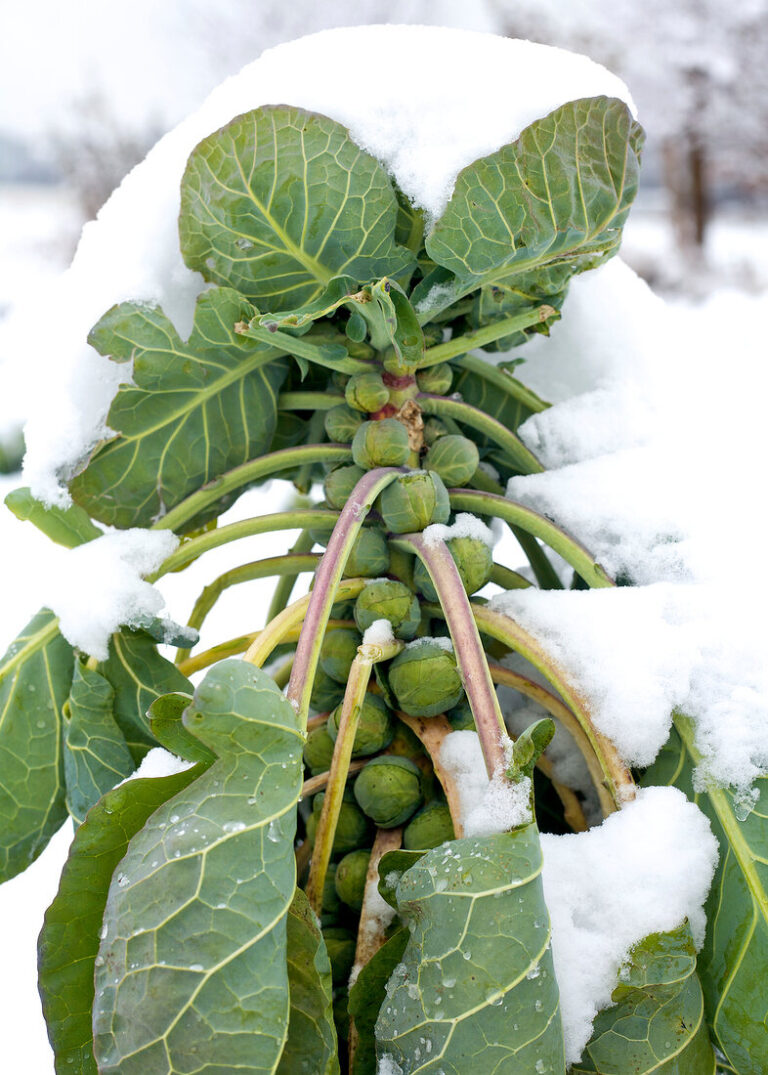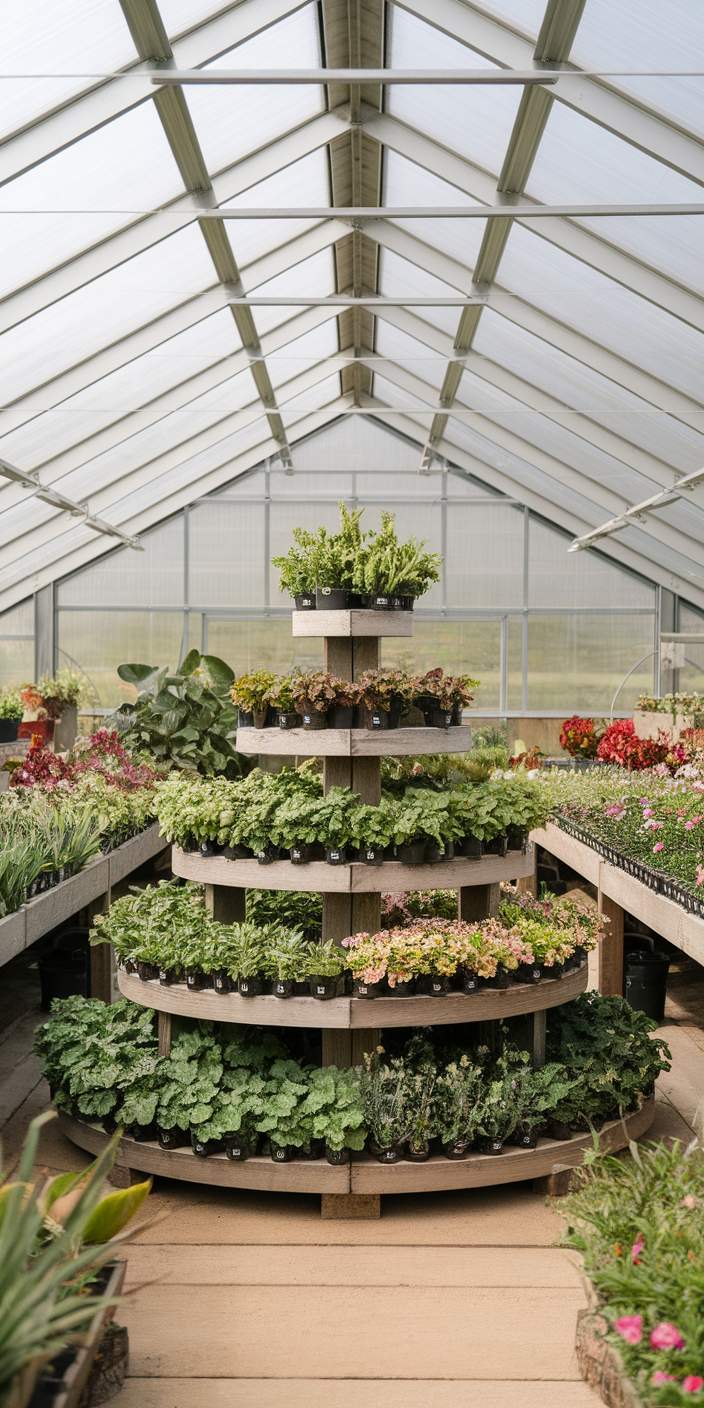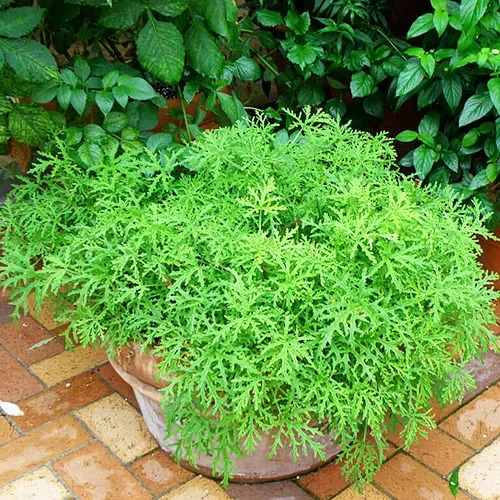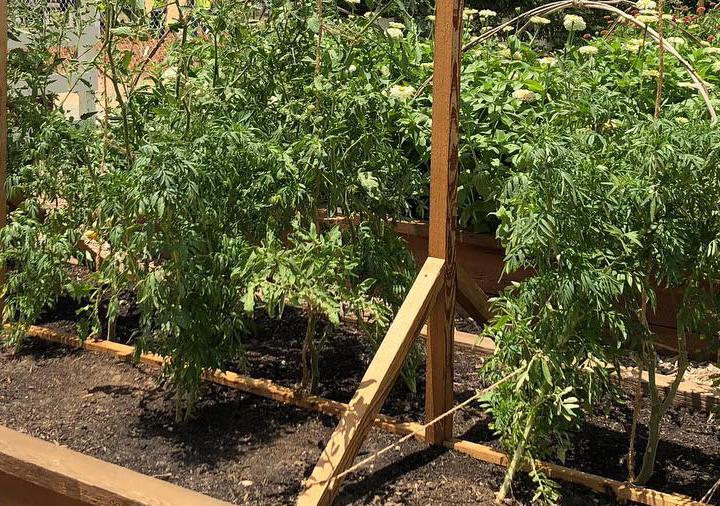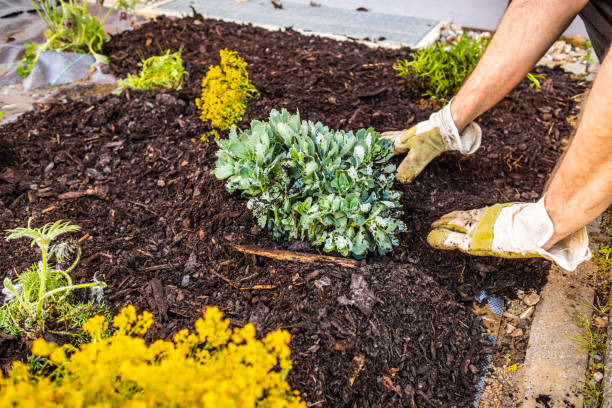How to Grow Aloe Vera: A Complete Guide
Aloe vera is a resilient, low-maintenance succulent known for its soothing gel and air-purifying qualities.
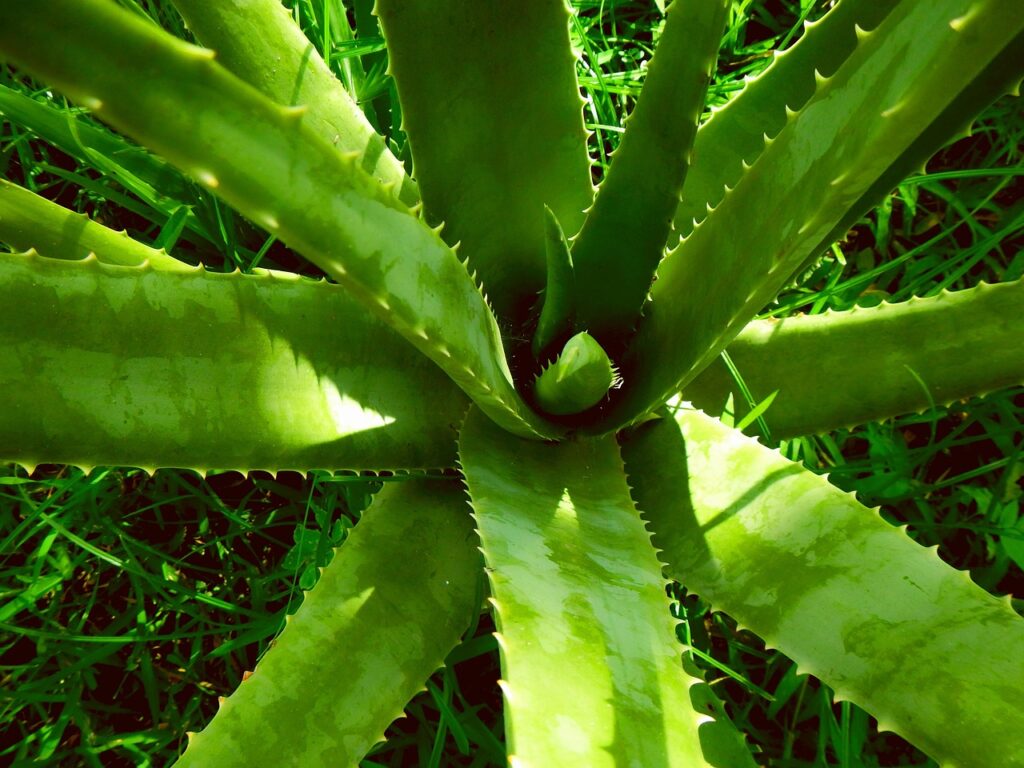
Whether you want to grow it indoors as a houseplant or outdoors in your garden, this guide will walk you through every step to successfully cultivate aloe vera.
Best Growing Conditions for Aloe Vera
Aloe vera thrives in USDA hardiness zones 9-11, but it can be grown indoors in any climate.
This plant prefers warm, dry conditions and needs little attention once established.
Sunlight Requirements
- Aloe vera requires bright, indirect sunlight or direct morning sun.
- Outdoors, place it in a sunny spot with partial shade during the hottest part of the day.
- Indoors, position it near a south- or west-facing window for optimal light exposure.
- If grown in low-light conditions, aloe vera may become leggy and weak.
Soil Preferences
- Aloe vera needs well-draining, sandy, or gritty soil.
- Use a cactus or succulent potting mix, or make your own by mixing potting soil with sand and perlite.
- Avoid heavy, moisture-retaining soils, as they can lead to root rot.
- Ideal soil pH is between 6.0 and 8.0.
Watering Needs
- Aloe vera is drought-tolerant and should be watered sparingly.
- Water deeply but infrequently, allowing the soil to dry out completely between waterings.
- In summer, water every 2-3 weeks; in winter, reduce watering to once a month or less.
- Overwatering can cause yellowing leaves and root rot.
- Use a pot with drainage holes to prevent water from pooling at the roots.
Temperature and Humidity
- Aloe vera thrives in temperatures between 55-80°F (13-27°C).
- It cannot tolerate frost—if grown outdoors in cooler climates, bring it inside when temperatures drop below 50°F (10°C).
- This plant prefers low humidity, making it ideal for arid environments.
How to Plant Aloe Vera
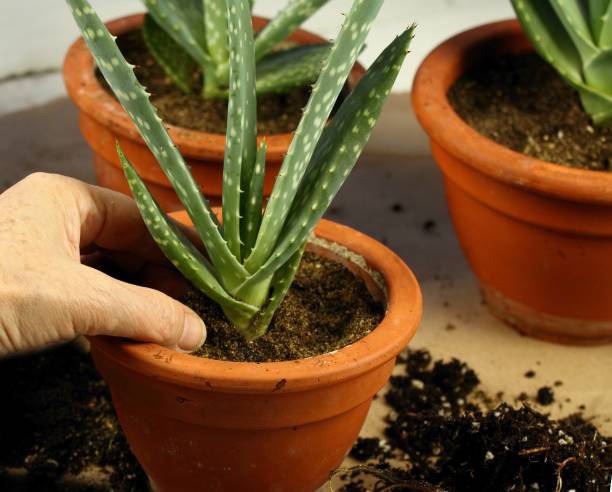
Aloe vera can be grown from pups (offshoots) or store-bought plants. Here’s how to plant it correctly:
Planting in a Pot
- Choose a Pot: Select a terracotta or unglazed ceramic pot with drainage holes.
- Prepare the Soil: Fill the pot with a well-draining succulent mix.
- Plant the Aloe Vera: Place the plant in the soil, ensuring the base of the leaves sits above the soil line.
- Water Lightly: Wait a few days before watering to allow the roots to settle.
Planting in the Garden
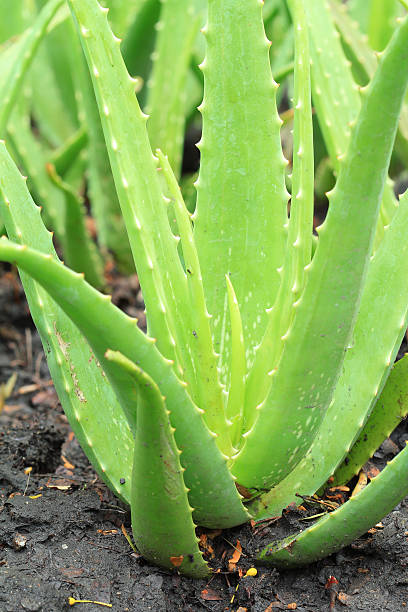
- Select a Location: Choose a sunny, well-draining spot with sandy or gravelly soil.
- Dig a Hole: Make a hole slightly larger than the root ball.
- Plant the Aloe: Position it so the leaves sit above the soil surface.
- Water Sparingly: Water lightly and allow the soil to dry out before the next watering.
Caring for Aloe Vera
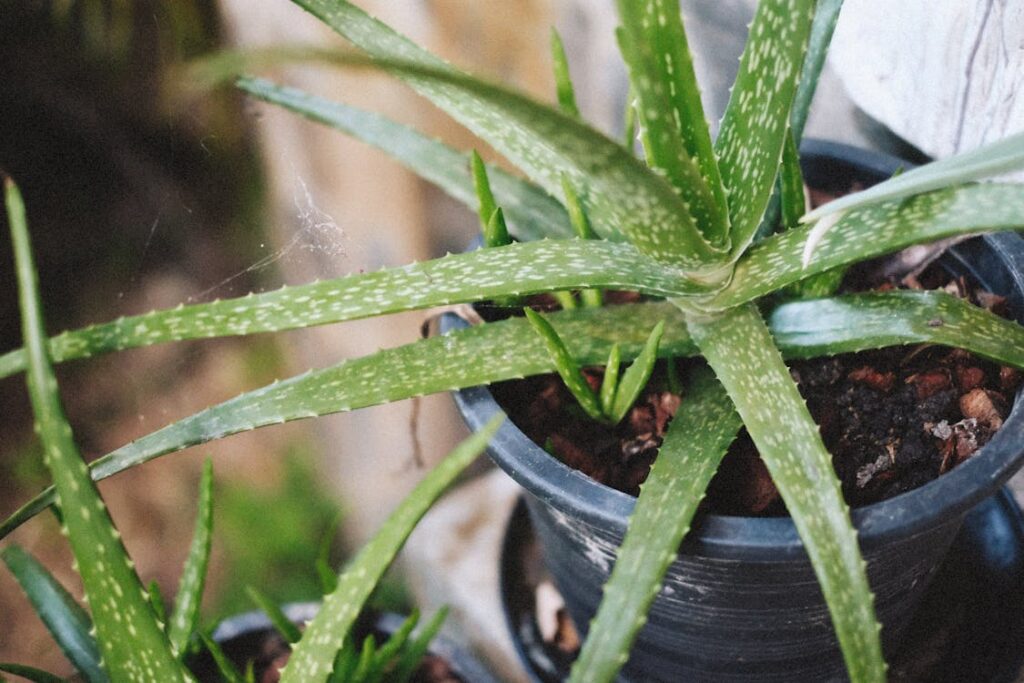
Fertilizing
- Aloe vera does not require much fertilization.
- Feed with a diluted succulent fertilizer (10-40-10) once in spring and once in summer.
- Avoid over-fertilizing, as it can lead to weaker leaves.
Pruning and Maintenance
- Remove dead or damaged leaves by cutting them off at the base.
- Trim any pups (offshoots) that appear if you want to propagate new plants.
- Wipe the leaves occasionally to remove dust and keep them looking fresh.
Repotting Aloe Vera
- Repot every 2-3 years or when the plant outgrows its container.
- Choose a pot one size larger than the current one to prevent excessive moisture retention.
- Remove the plant carefully, shake off excess soil, and replant in fresh succulent mix.
Propagating Aloe Vera
Aloe vera reproduces through pups (offshoots) that grow from the mother plant. To propagate:
- Wait until pups are at least 3-4 inches tall.
- Gently separate them from the mother plant, ensuring they have their own roots.
- Allow the cut ends to dry for a day to prevent rot.
- Plant in small pots with succulent soil and water sparingly.
Common Aloe Vera Problems & Solutions
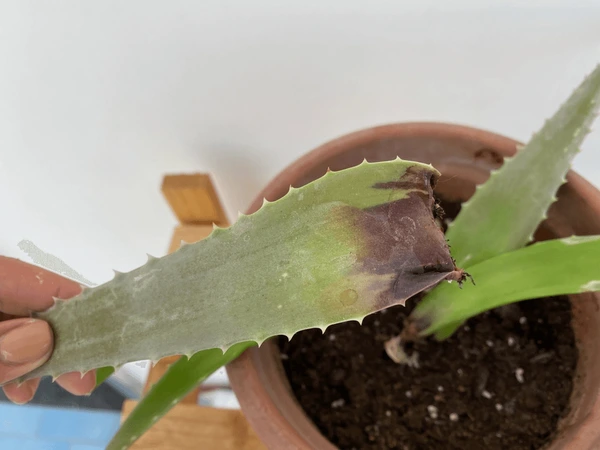
- Yellowing leaves: Overwatering; let the soil dry out before watering again.
- Mushy or black roots: Root rot; remove the plant, cut away rotted roots, and repot in dry soil.
- Brown or dry leaf tips: Too much sun or low humidity; move to partial shade and mist leaves lightly.
- Leggy growth: Insufficient light; relocate to a brighter spot.
- Pests (mealybugs, spider mites): Wipe leaves with a diluted neem oil solution.
Harvesting Aloe Vera Gel
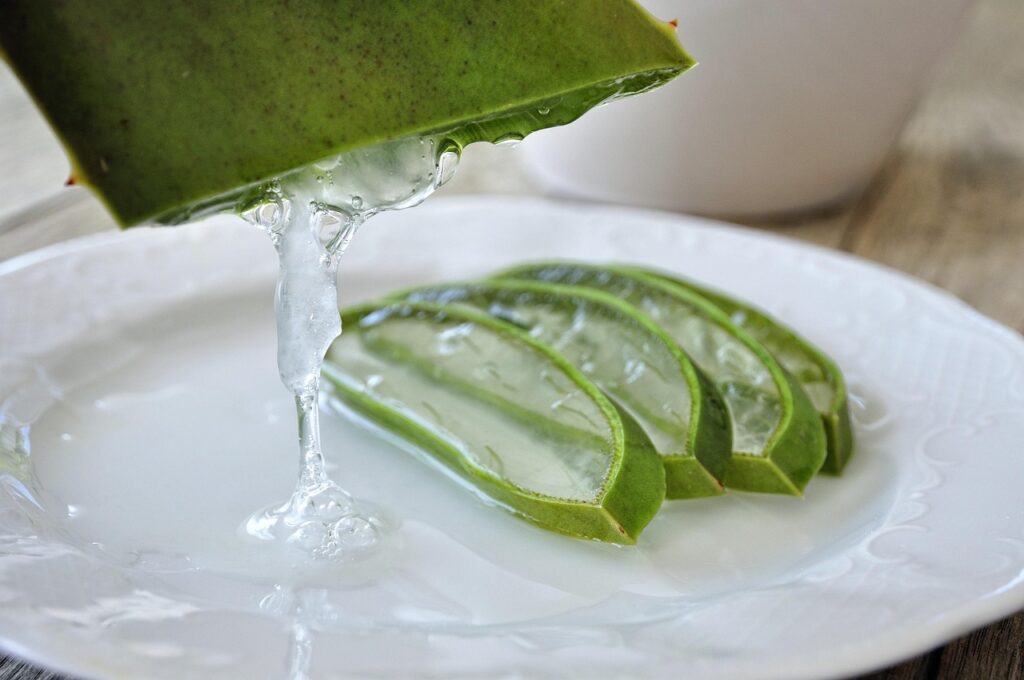
- Choose mature, outer leaves for harvesting.
- Cut a healthy leaf close to the base using a clean knife or scissors.
- Let the yellow sap (aloin) drain out before using the gel.
- Slice open the leaf and scoop out the clear gel for use in skincare, burns, and hair treatments.
- Store fresh gel in the refrigerator for up to a week.
Final Thoughts
Aloe vera is an easy-to-grow plant that requires minimal care while offering numerous benefits.
Whether kept indoors or outside, following these detailed guidelines will ensure your aloe plant thrives and stays healthy.
With the right balance of sunlight, water, and well-draining soil, you’ll enjoy a robust aloe vera plant for years to come!
Would you like recommendations on specific aloe vera varieties or additional tips on how to use the gel? Let us know!


